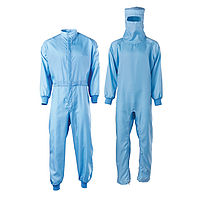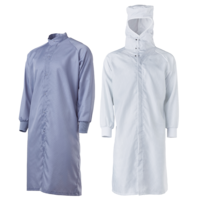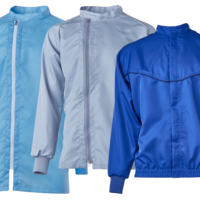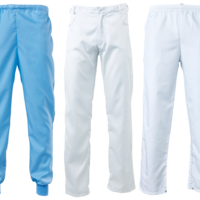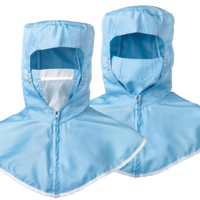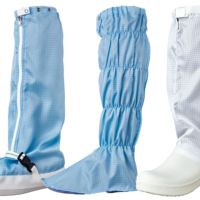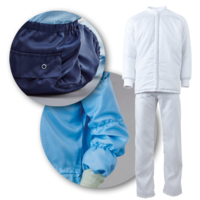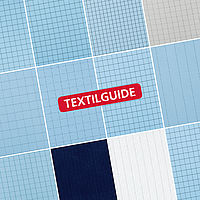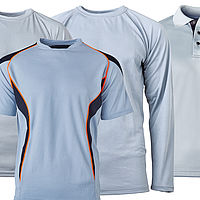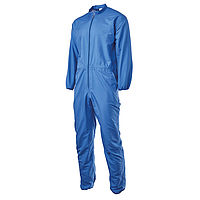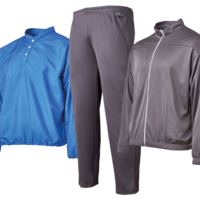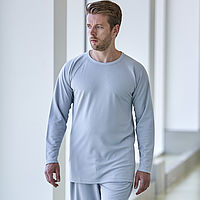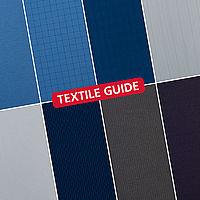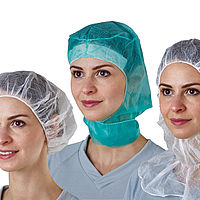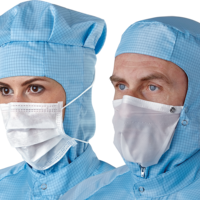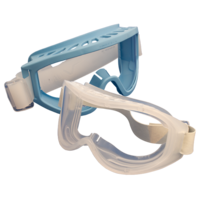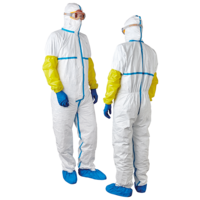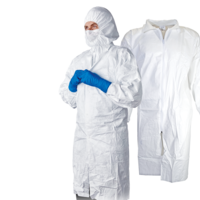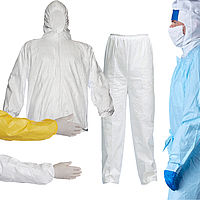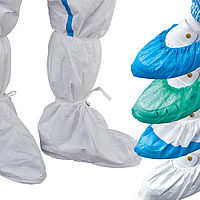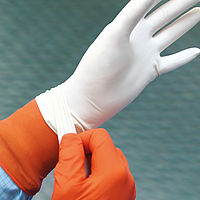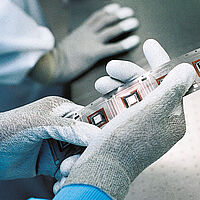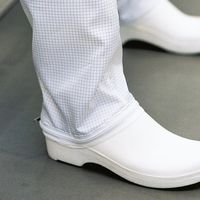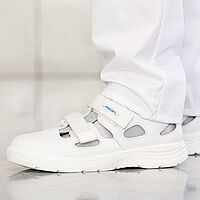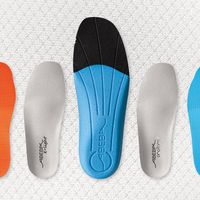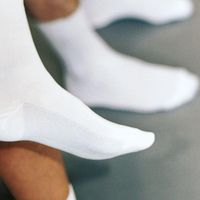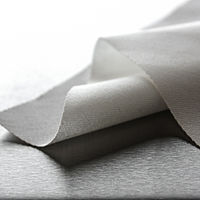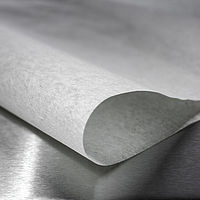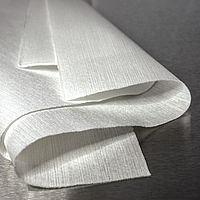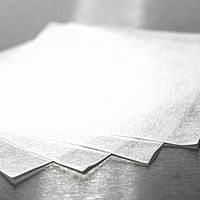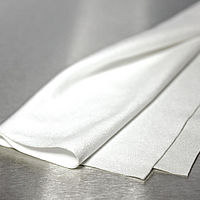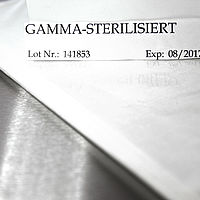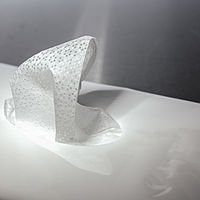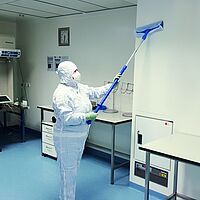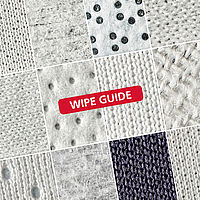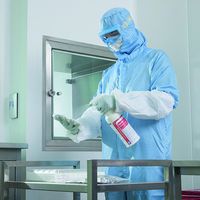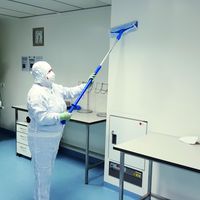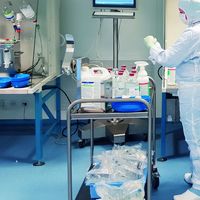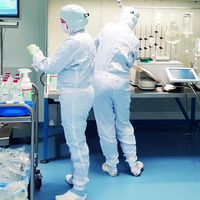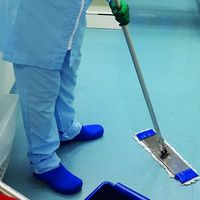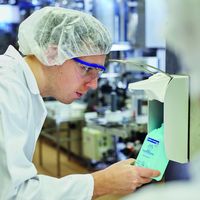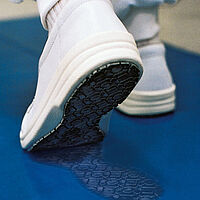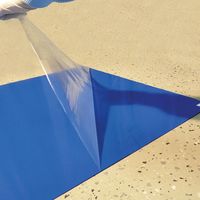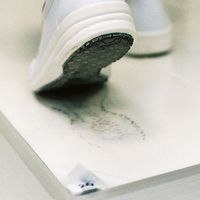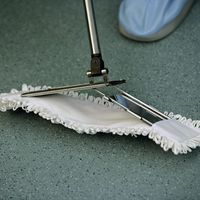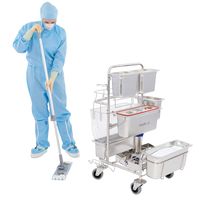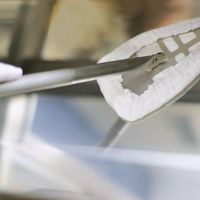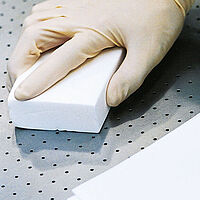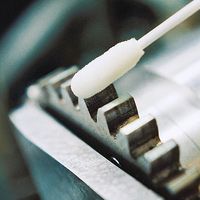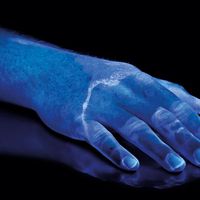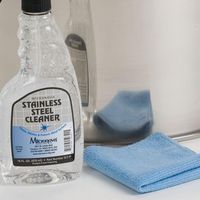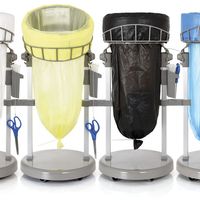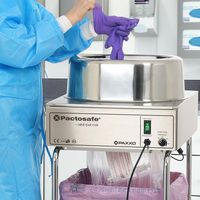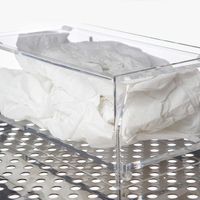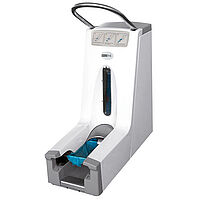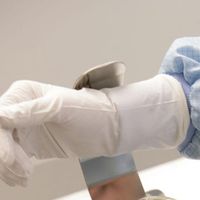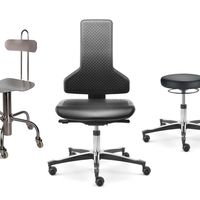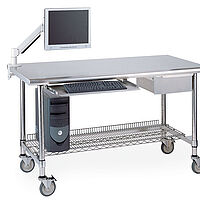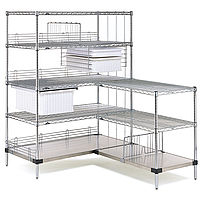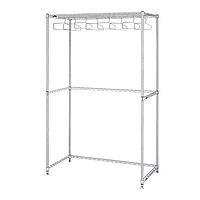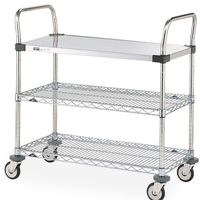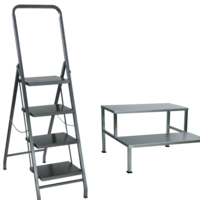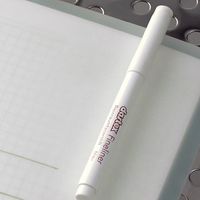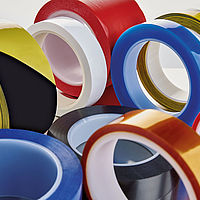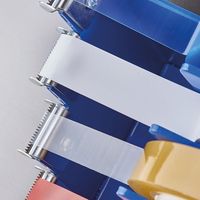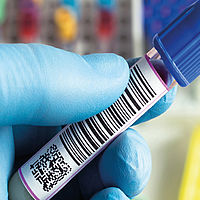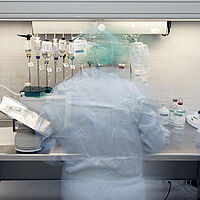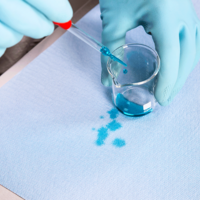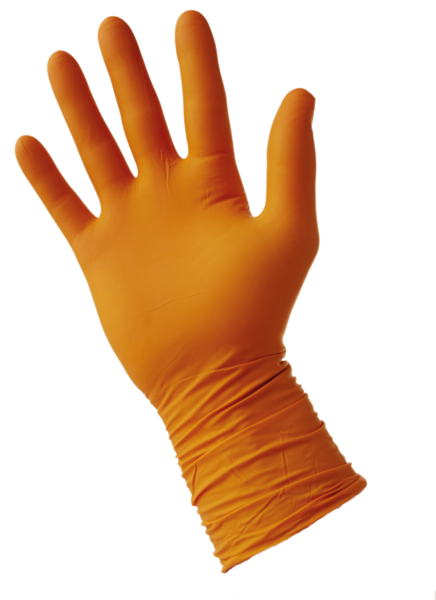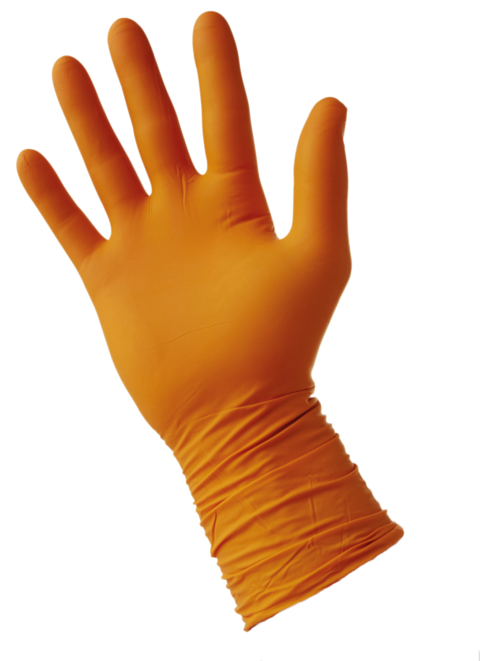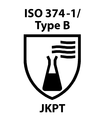
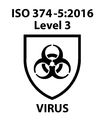


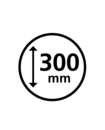
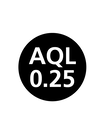
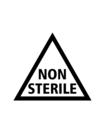

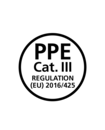

Facts
Show comparison list
Surface cleanliness
Grip
Elongation
Endotoxin pollution
Ion-free
Cytostatics compatible
Chemical protection
sterile
textured
hand specific
Nitrile-polychloroprene mixture
SHIELDskin XTREME™ ORANGE NITRILE™ 300 DI, Art.-No. 3842
Material: Nitrile-polychloroprene mixture
Properties
- nitrile / polychloroprene mixture
- powder-free
- packed in bags
- ambidextrous
Advantages
- satisfactory surface cleanliness
- high permeation time for chemicals
- very high elasticity
- tested with cytostatics
- 30 cm long
Application
- for high process requirements
- for working with chemicals
- for the production of cytostatics
Product recommendation based on cleanroom classes
Air cleanliness class EN ISO 14644-1
particulate monitored areas
Hygiene zones according to GMP
microbiological monitored areas
PPE
Personal protective equipment
Regulation (EU) 2016/425
A one-to-one classification of cleanroom gloves to a cleanroom class according to ISO 14644-1 is not possible. Recommendations can only be made based on cleanroom specific requirements, e.g. "abrasion resistance" or "particle emission". In the VDI guideline 2083 Part 9.2 the user can find additional information.
Technical data
| Unit of measurement | Value | Test method | ||
|
Material Outer layer/inner layer |
Nitrile/Polychloroprene orange / white | |||
|
Perforation-free1 AQL value as defined in ISO 2859-1 for attribute testing on samples | AQL1 | 0.25 | ASTM D3767-03(2014) | |
| Tear resistance |
before ageing after accelerated ageing | N min/typical |
6.0/10.0 6.0/8.0 |
EN 455-2:2015 + ASTM D412-15a ASTM D573-04(2015) |
| Extreme elongation |
before ageing after accelerated ageing |
% min. |
≥ 500 ≥ 400 |
EN 455-2:2015 + ASTM D412-15a ASTM D573-04(2015) |
|
Dimensions nominal single wall thickness |
middle finger palm cuff | mm |
0.17 0.14 0.10 | ASTM D3767-03(2014) |
| Length | mm min/typical | 290/300 | EN 455-2:2015 | |
|
Size/palm width nominal (+/- 5 mm) |
XS / 6 S / 7 M / 8 L / 9 XL / 10 | mm |
≤ 80 85 95 105 ≥ 110 | EN 455-2:2015 |
|
Size/Hand circumference nominal |
XS / 6 S / 7 M / 8 L / 9 XL / 10 | mm |
152 178 203 229 254 | EN 455-2:2015 |
| Extractable particles | ≥ 0.5 µm |
fixed typical number/cm2 | < 3,000 2,100 | IEST-RP-CC005.4 |
| Extractable substances | Ions Ammonium (NH4+) Bromide (Br-) Calcium (Ca+) Chloride (ClO2-) Copper (Cu+) Fluoride (F-) Iron (Fe+) Lithium (Li+) Magnesium (Mg+) Nitrate (NO3-) Nitrite (NO2-) Phosphate (PO43-) Potassium (K+) Sodium (Na+) Sulphate (SO42-) Zinc (Zn+) |
µg/cm2 specific 0.100 0.030 0.750 0.600 n.s. 0.010 n.s. n.s. 0.030 0.600 0.050 0.050 0.050 0.080 0.200 n.s. |
µg/cm2 typical 0.050 < 0.008 0.580 0.400 n.s. < 0.008 n.s. n.s. 0.008 0.300 < 0.008 < 0.008 0.030 0.030 0.070 n.s. | IEST-RP-CC005.4 |
| Biocompatibility | certified |
ISO 10993-10 - 2010-08 Tests for irritation and skin sensitization | ||
| Powder residue values |
mg/gloves typical (max.) |
powder-free ≤ 1.0 (max. 2.0) | ISO 21171:2006 | |
| Non volatile residues (NVR) | mg/g | max. 30 | IEST-RP-CC005.4 | |
| Surface Resistance | Ω/sq. | 108-1010 |
ASTM D257-14 | |
|
Silicone/amides/ Di-n-octyl phthalate (DNOP) | not detectable |
IEST-RP-CC005.4 FTIR test procedure | ||
| Endotoxins (maximum) | endotoxin units (EU) | per pair | n.s. |
Kinetic turbidimetric LAL test method |
|
ESD properties surface resistance contact resistance charge decay electrostatic properties (design + material requirements) | tested | EN 1149-1:2006 EN 1149-2:1997 EN 1149-3:2004 EN 1149-5 | ||
| PU |
100 pieces flat packed in PE inner bag | |||
| Carton quantity |
1,000 pieces 10 bags of 100 pieces in PE outer bag |






